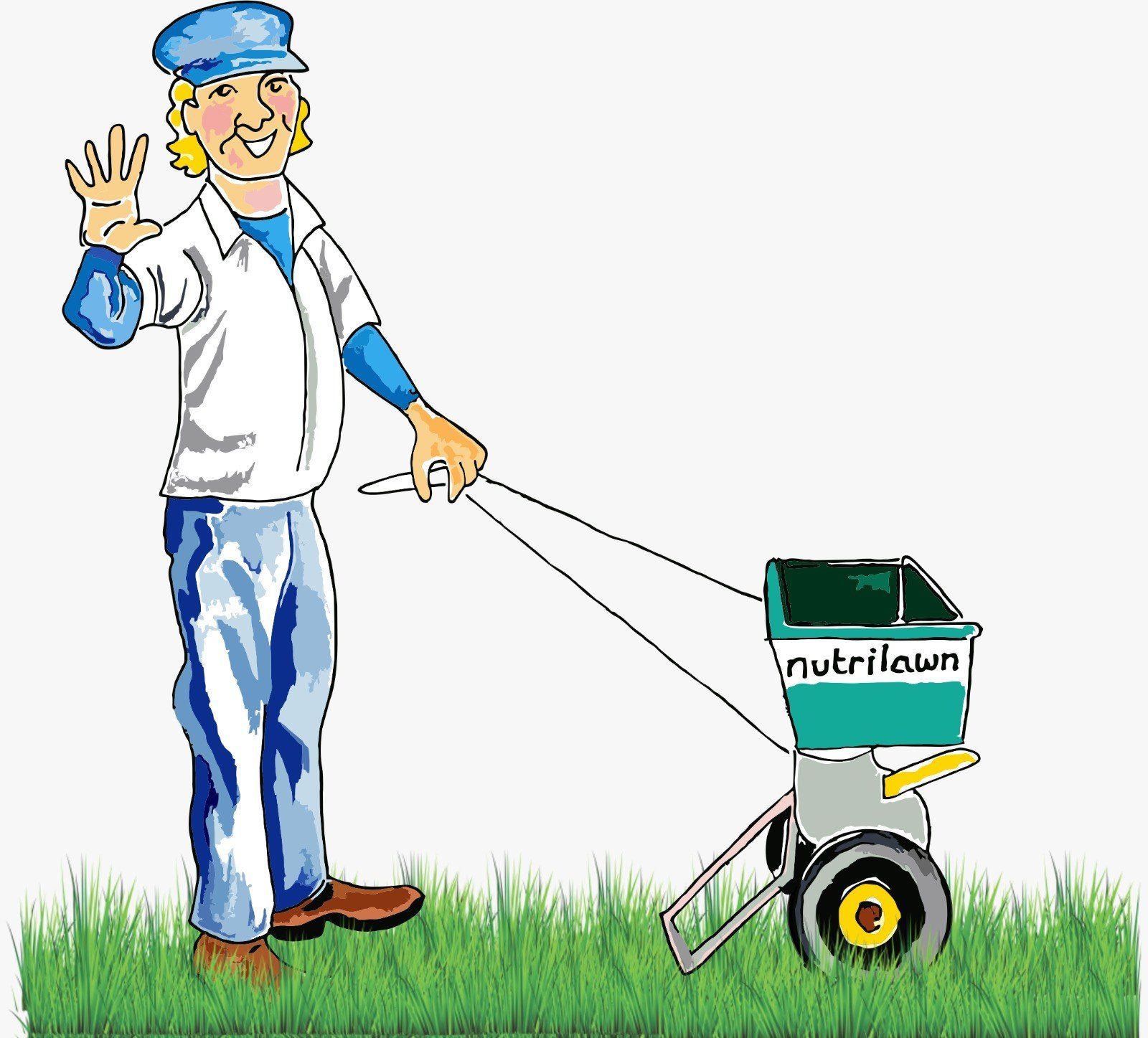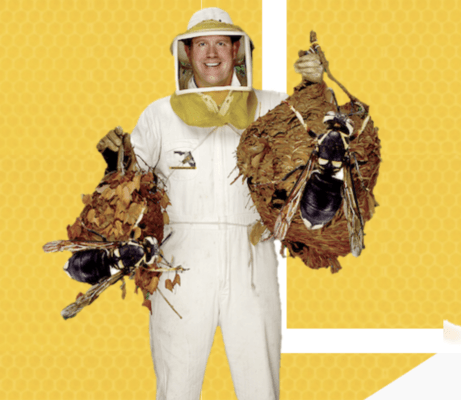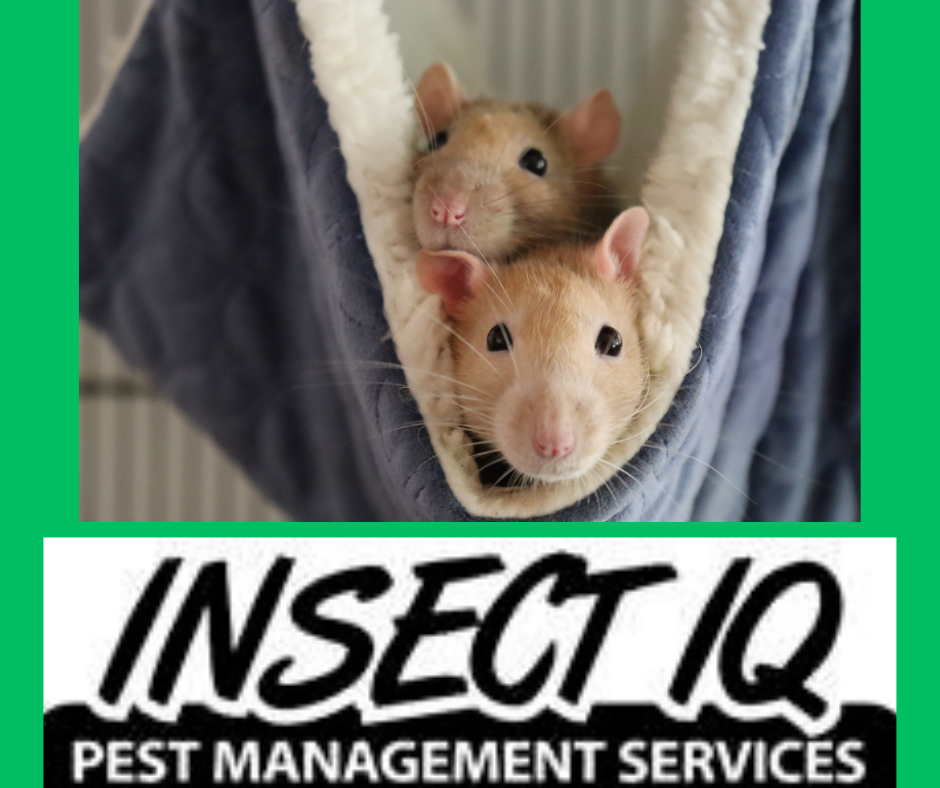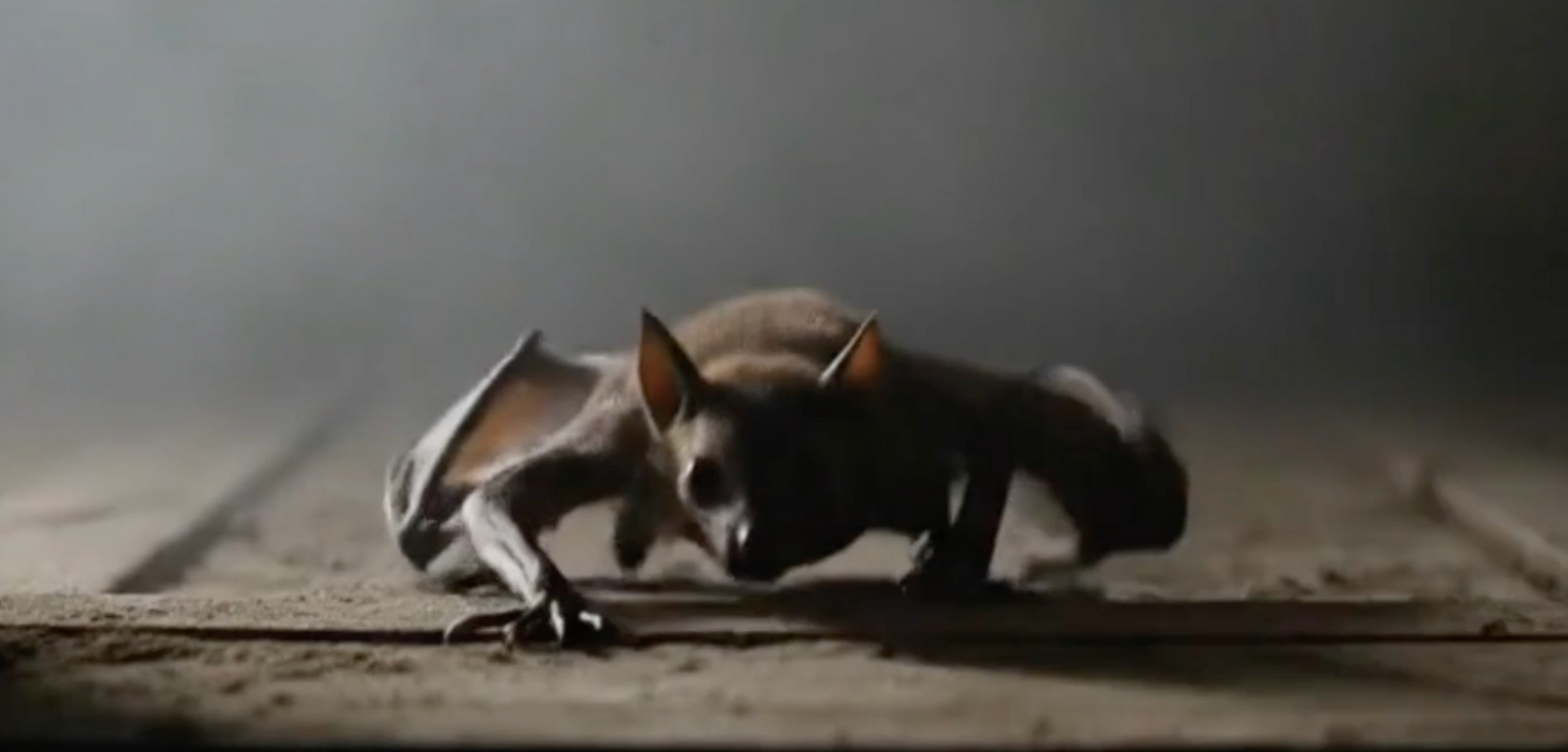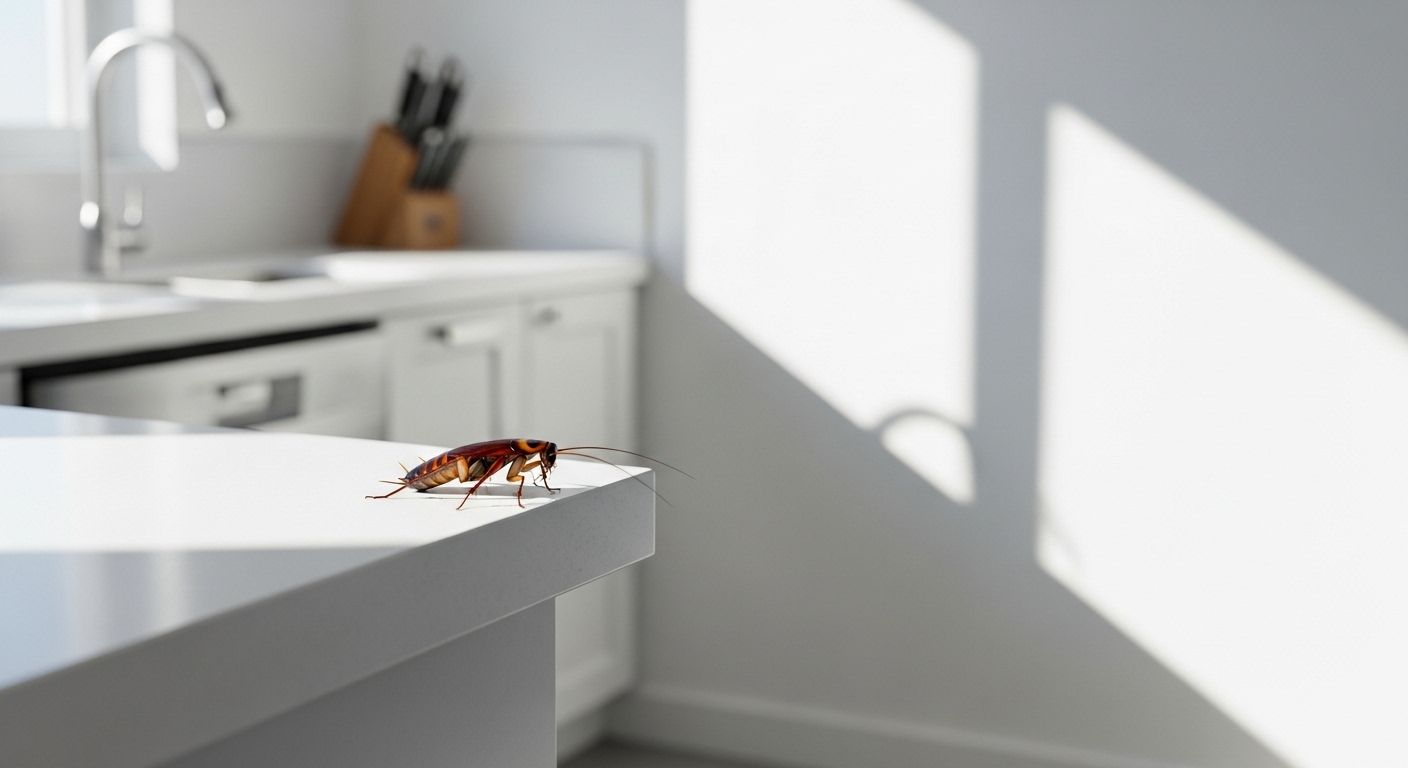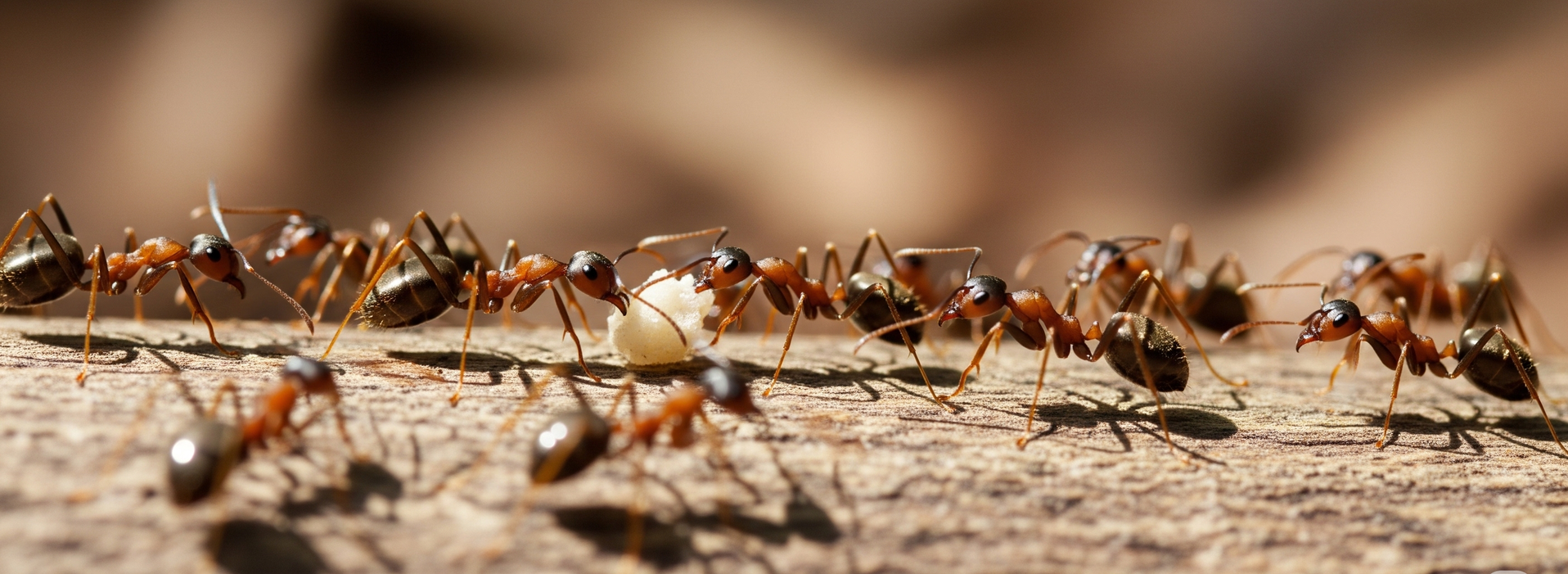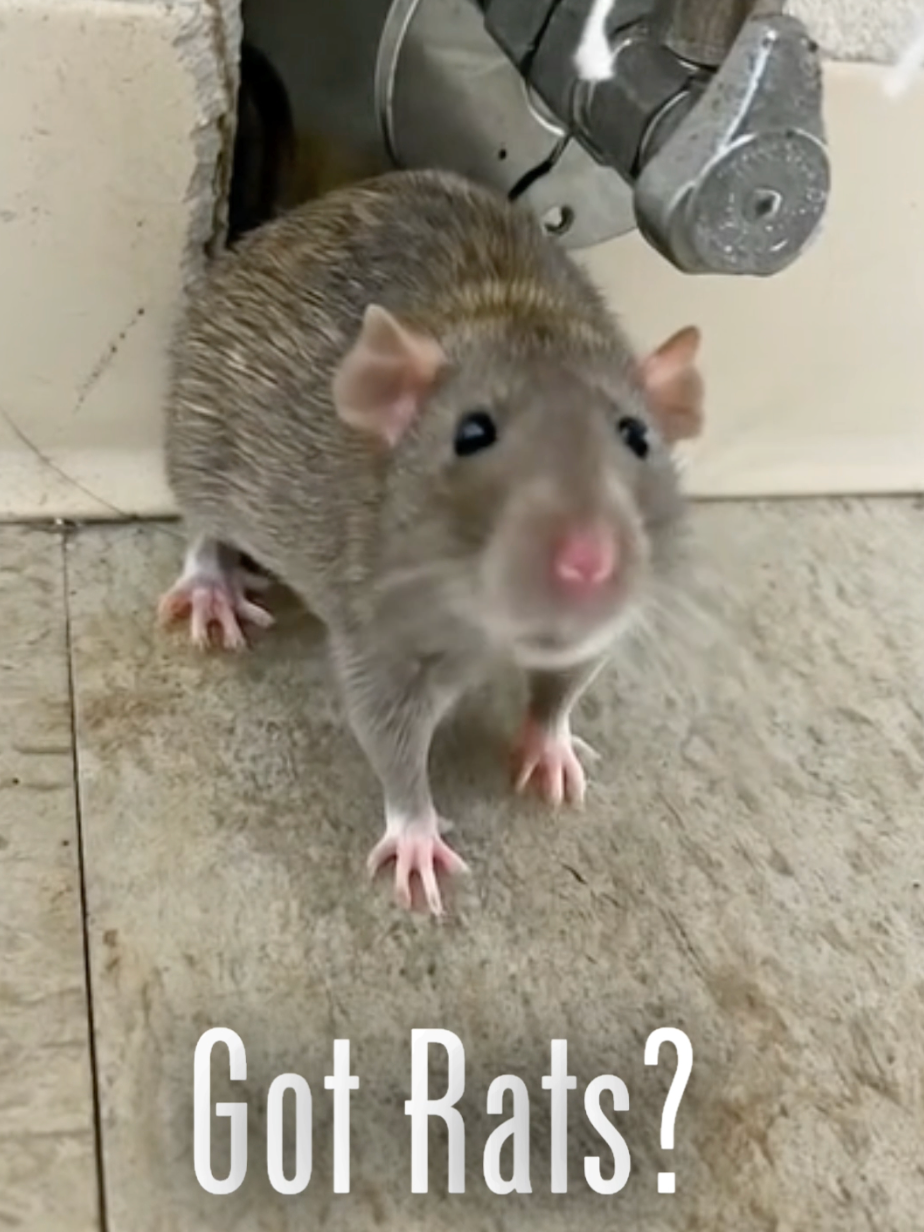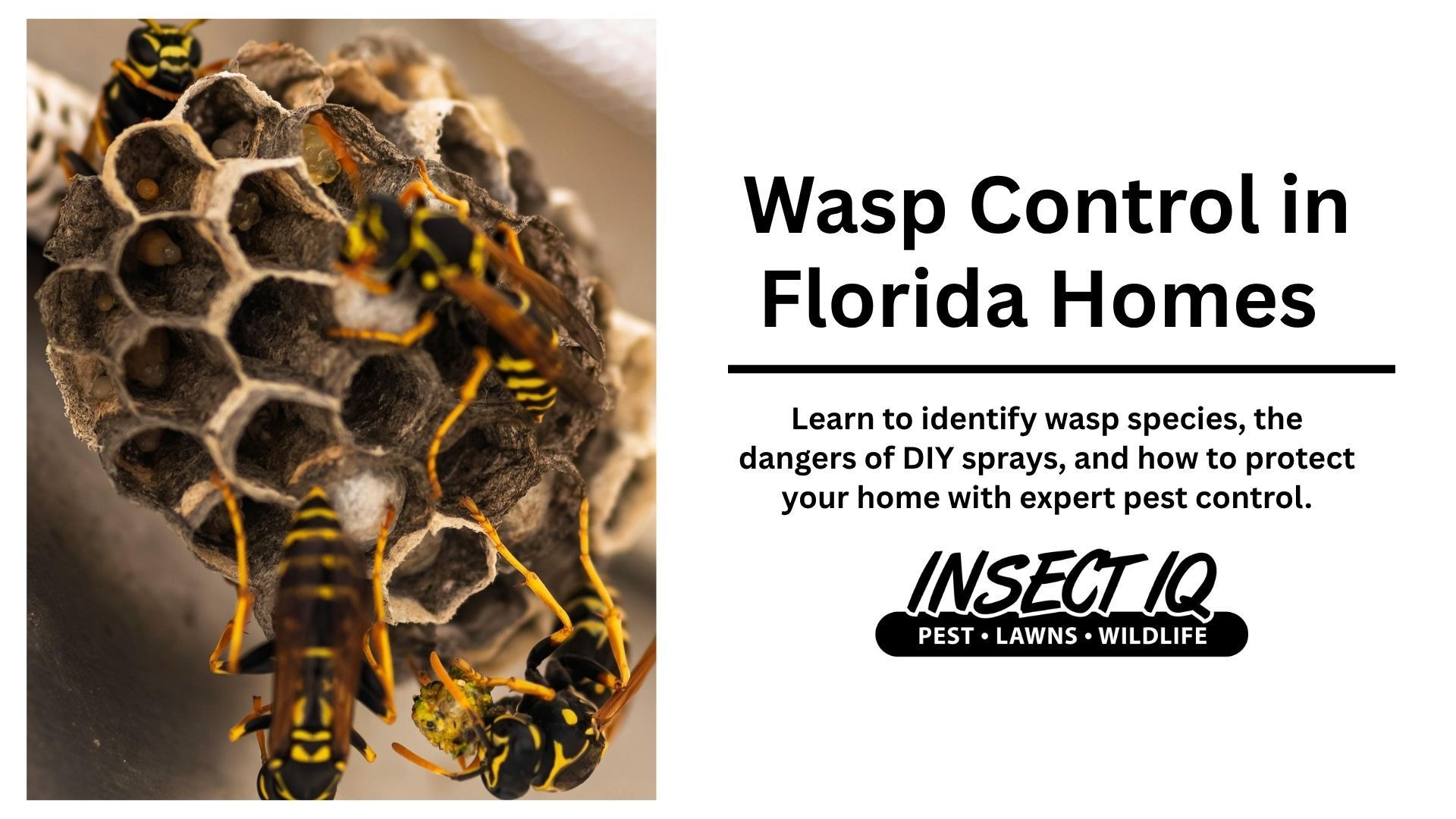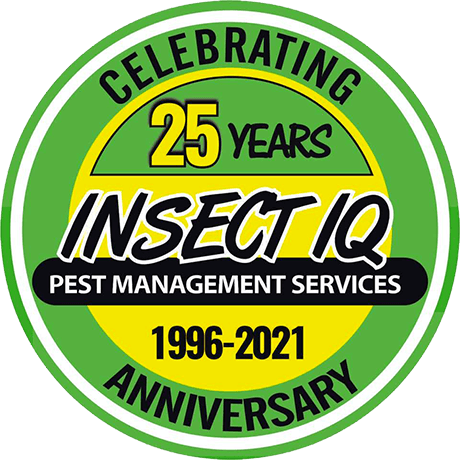Desde el campo con Nick Cvetanovich de Insect IQ
5 señales de que su casa tiene una plaga de ratas de techo
Durante los meses más fríos, una casa cálida es un lugar acogedor no solo para los humanos sino también para las ratas de techo. Si sospecha que hay una infestación de ratas de techo en su casa de Florida, es fundamental estar atento a las señales de su presencia. El experto en control de vida silvestre de Insect IQ, Nick Cvetanovich, ofrece consejos útiles para ayudarlo a identificar si tiene invitados no deseados en su hogar.
1. Excrementos y orina alrededor de la casa
Identificar los excrementos de las ratas de techo es relativamente simple: son de color oscuro, tienen forma de granos de arroz y miden alrededor de ½ pulgada de largo. Si bien las ratas de techo generalmente se pueden encontrar merodeando alrededor de arbustos gruesos, árboles y líneas eléctricas al aire libre, una vez que invaden su hogar, tienden a reunirse en el ático, los huecos de las paredes y los espacios del techo para masticar paneles de yeso, cableado y anidar en el aislamiento. .
Cuando se trata de detectar orina de rata de techo, puede ser un desafío dependiendo de la superficie en la que se encuentre. Sin embargo, sobre madera dura o concreto, se seca en rayas y adquiere una apariencia similar a la tiza. Otro indicador a tener en cuenta son las marcas de fricción a lo largo de los zócalos de su casa, donde el pelaje grasiento y sucio de las ratas de techo puede dejar marcas en las superficies con las que entran en contacto.
No solo es antihigiénico, sino también un peligro potencial para la salud, ya que las ratas de techo pueden propagar varias enfermedades a través de sus desechos, que incluyen:
hantavirus
Salmonelosis
leptospirosis
Mientras busca indicios de ratas de techo, es recomendable confiar en su sentido del olfato. La orina de rata de techo emite un olor potente parecido al amoníaco. Sin embargo, entrar en contacto o inhalar excrementos u orina de ratas de techo sin el equipo o entrenamiento adecuado puede ser peligroso. Para evitar los riesgos asociados con las indicaciones más desagradables de ratas de techo en su hogar, como las mencionadas anteriormente, se recomienda contactar a Nick Cvetanovich, experto en control de ratas de techo de Insect IQ.
Riesgo de contaminación usando las manos desnudas
Agitar partículas peligrosas barriendo los desechos con una escoba
Liberar esas partículas en el aire sin la ventilación adecuada
2. Ruidos de arañazos en las paredes o el techo por la noche
El sonido de pequeños pasos puede ser encantador, excepto cuando se trata del sonido de las ratas del techo corriendo por el ático. Estas criaturas pueden crear ruidos de arañazos desde el interior de las paredes o el ático a medida que se mueven por la estructura interior de su casa. Además, el comportamiento de morder que exhiben puede producir un ruido distinto. Debido a su mayor tamaño (que mide entre 6 y 8 pulgadas), las ratas de techo tienden a hacer más ruido que los roedores más pequeños como los ratones.
3. Olores desagradables e inexplicables en ciertas áreas
Si su casa está llena de un mal olor inexplicable, podría deberse a un cadáver de rata de techo. El olor de un roedor muerto es incluso peor que el hedor de su orina, y es difícil pasarlo por alto. También podría atraer otras plagas, como las moscas. Sin embargo, un olor fuerte como este también podría indicar la presencia de otro tipo de fauna fallecida. En cualquier caso, nuestros profesionales expertos resolverán rápidamente el problema por usted.
4. Chew Marks on Furniture, Walls, and Exposed Wood
Rodents have teeth that grow continuously, which compels them to gnaw on anything in their vicinity. If you notice tooth marks on your furniture's wooden feet, the lid of your peanut butter jar, or the beams in your attic, it's likely that rodents are present. Besides contaminated food, their gnawing tendencies pose a significant hazard.
Although their teeth enable them to chew through sturdy materials such as wood and heavy-duty plastic, they can also chew through electrical wiring. Eradicating a roof rat infestation is critical to avoiding the risk of electrical fires in your home. If you observe the first signs of roof rats, it is recommended to contact Nick Cvetanovich, the roof rat control expert at Insect IQ.
5. Finding an Actual Roof Rat in Your Home
Pets can play a vital role in identifying a roof rat infestation. Dogs and cats have a keen sense of hearing and can detect sounds that humans cannot. If you notice your pets frequently staring at a specific wall or area of your home, it's likely that you have rodents. Additionally, if you spot a roof rat either inside or outside near trees that are hanging over your home, there may be many more of them on your property.
Protect Your Florida Property from Roof Rats with Insect IQ
Knowing how to address a roof rat infestation in your Florida home can facilitate prompt resolution of the problem. Identifying their droppings and keeping a lookout for signs of gnawing can aid in protecting your household from these destructive rodents.
If you suspect a roof rat infestation in your home, don't hesitate to contact Insect IQ immediately. Our skilled technicians are equipped to protect homes and businesses throughout Florida.
Insect IQ’s Team Leader: Nick Cvetanovich
855.930.BUGS
CONTACT US 855-930-2847
Pest Control License Insect IQ JB131270
Certified Pest Control Operator JF8248 1994
Pest Control, Lawn & Ornamental, Termite, Fumigation
State of Florida Registered Beekeeper: FL0290619S
1994 UF Entomologist Jonathan Simkins
2020 UF Entomologist Britton Simkins
